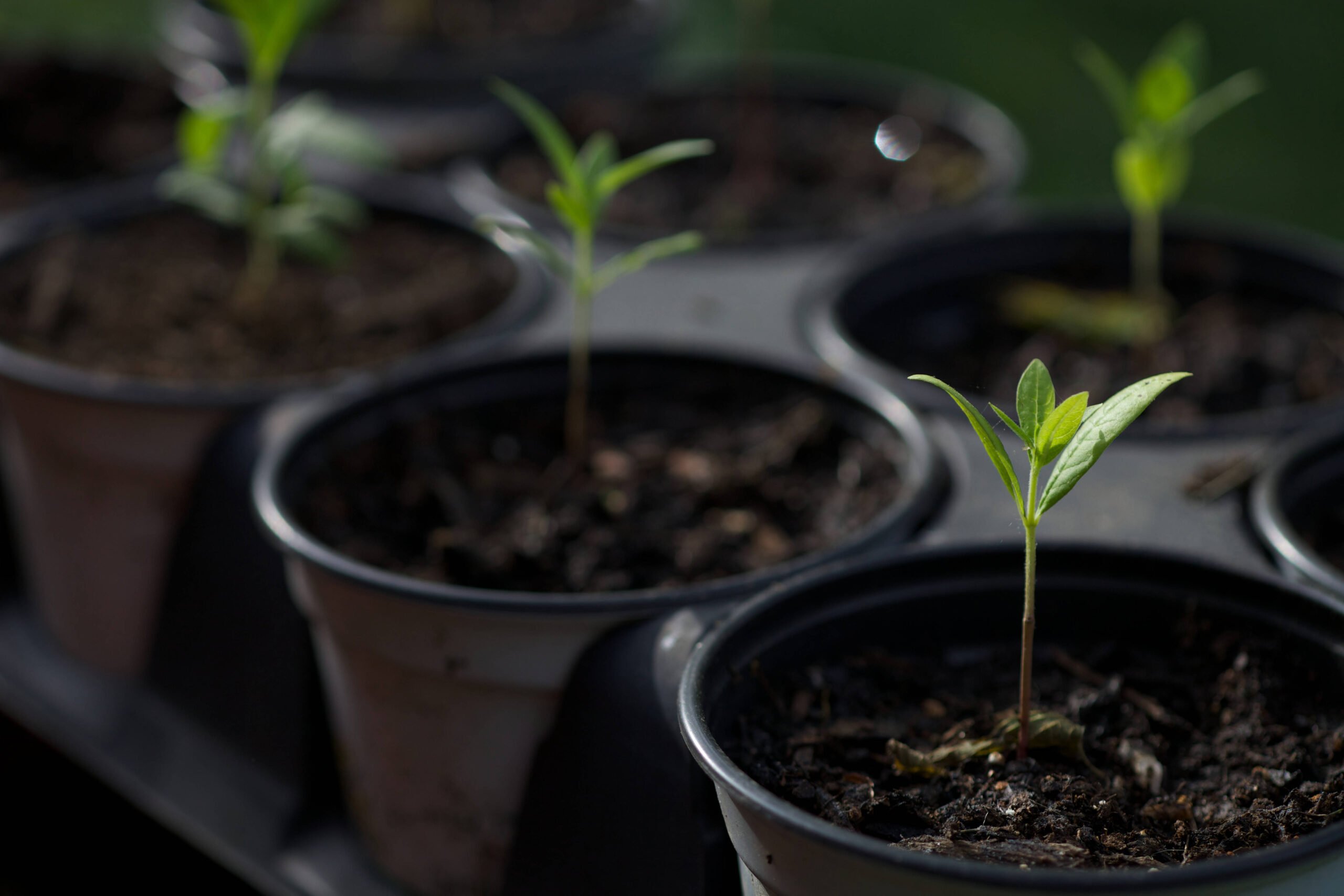5. Transplanting
Once seedlings have grown large enough, they can be transplanted into pots or directly into the garden.
6. Care
Water the plants regularly and avoid using pesticides. Remember, the goal is to provide a safe haven for insects.
Conclusion
Given the worldwide shortage of milkweed and its significance in the ecosystem, starting milkweed from seed is a conservation imperative. Not only does it promote biodiversity, but it also offers a pesticide-free, native option for supporting vital insect species.
References
– Agrawal, A. A. (2017). *Monarchs and Milkweed: A Migrating Butterfly, a Poisonous Plant, and Their Remarkable Story of Coevolution*. Princeton University Press.
– Borders, B., & Lee-Mäder, E. (2014). *Milkweeds: A Conservation Practitioner’s Guide*. Xerces Society.
– Krischik, V., Rogers, M., Gupta, G., & Varshney, A. (2015). Soil-Applied Imidacloprid Translocates to Ornamental Flowers and Reduces Survival of Adult Coleomegilla maculata, Harmonia axyridis, and Hippodamia convergens Lady Beetles, and Larval Danaus plexippus and Vanessa cardui Butterflies. *PLOS ONE*, 10(3), e0119133.
– Pocius, V. M., Debinski, D. M., Pleasants, J. M., Bidne, K. G., Hellmich, R. L., & Brower, L. P. (2018). Milkweed Matters: Monarch Butterfly (Lepidoptera: Nymphalidae) Survival and Development on Nine Midwestern Milkweed Species. *Environmental Entomology*, 47(4), 1003-1011
